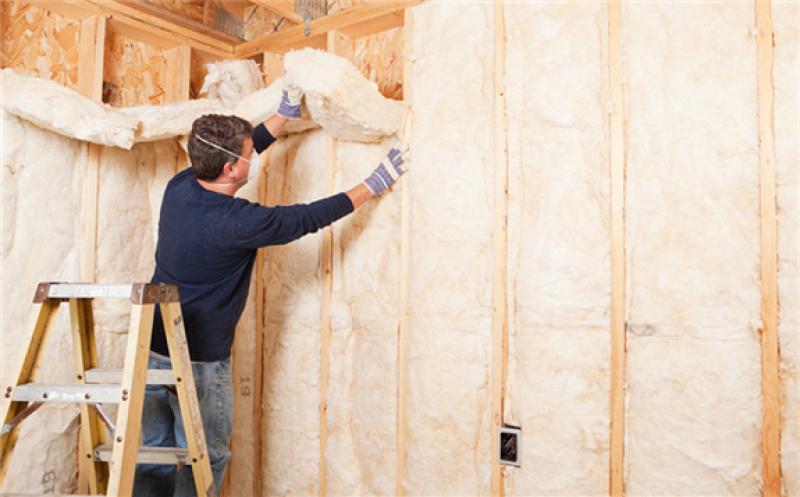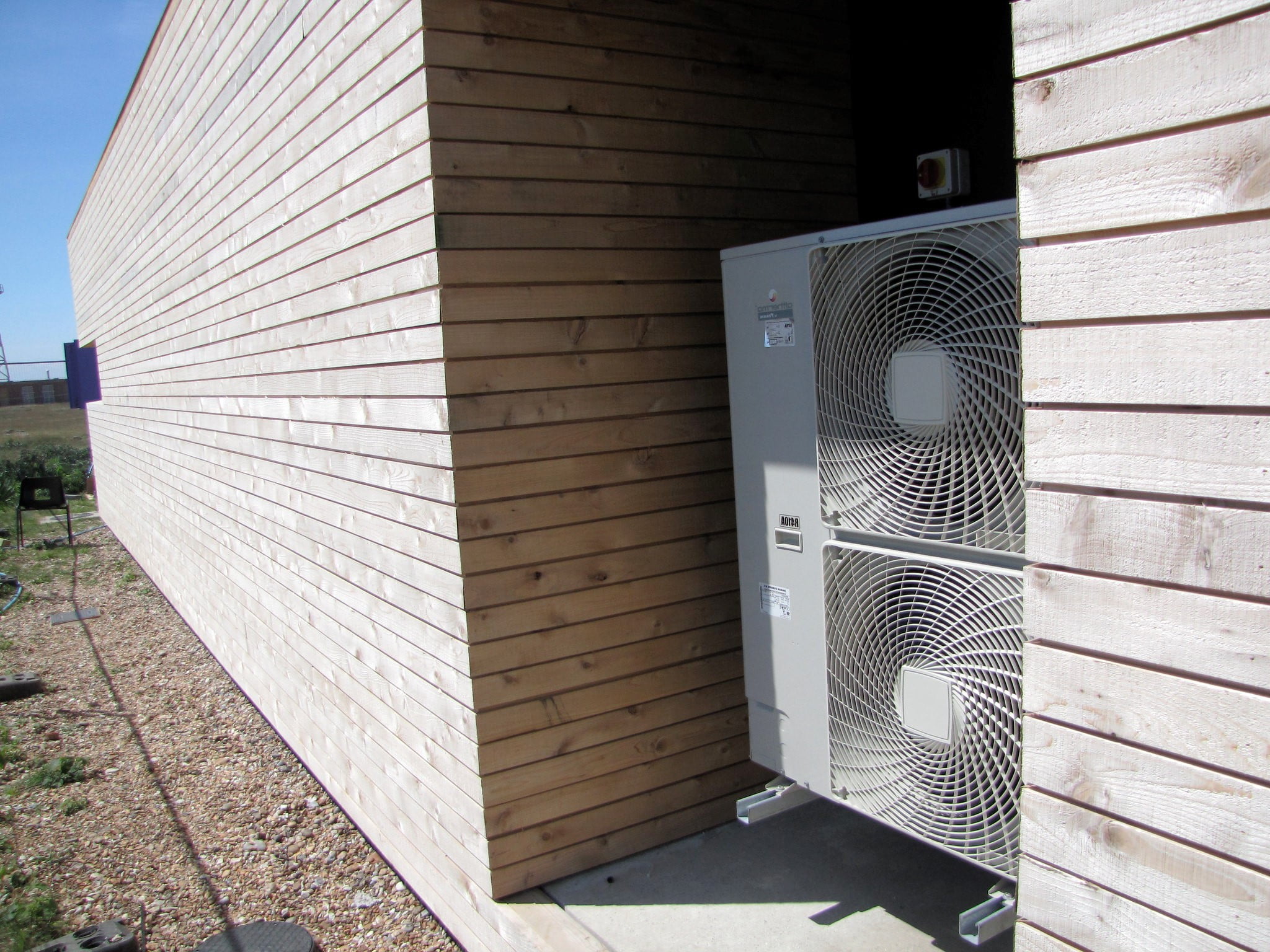These emissions are mainly the result of burning fossil fuels for heating through our gas and oil boilers – as well as some for cooking. It’s also important to consider emissions from electricity use – known as indirect emissions – which are caused by using lighting and appliances in our buildings.
While emissions from buildings have reduced since 1990, largely due to the decarbonisation of the electricity grid and improvements in the energy efficiency of buildings, there’s still a long way to go to reach net zero by 2050.
Here, we explore three areas where changes to our buildings can help to reduce their carbon emissions. Improve energy efficiency
Energy Performance Certificates (EPCs) explain how energy efficient a building is and give it a rating from A (very efficient) to G (inefficient). Currently, around 19 million of the UK’s 29 million homes are below the minimum EPC rating of C, according to analysis by the Climate Change Committee.
Often, the most effective way to improve the energy efficiency of a building, and at the same time reduce its carbon emissions, is through installing or upgrading insulation. Insulating the walls, floors and roof of a building can help prevent heat loss – keeping a building warm in winter and cool during the summer.
This reduces the need to turn on the heating as often or as high when it gets colder, and on very hot days, insulation can slow much of the sun’s heat entering the home, maintaining a comfortable inside temperature without the need for a fan or air conditioning.

Reduce energy consumption
Our buildings use a lot of energy in heating, lighting and other operations that require electricity. When fossil fuels like coal and gas are used to generate this energy, carbon emissions are released.
By understanding how much energy buildings use – and reducing this wherever possible – we can help to cut emissions from buildings and drive the UK towards it net zero target. Whether you’re at home or in the office, follow these five simple steps:
1. Use heating controls to manage the temperature
This can reduce carbon emissions and energy usage by ensuring we’re not using more heating than we need. Smart heating controls can automate control for you and are available for all types of heating system, including electric storage heaters.
2. Replace your lights with LED bulbs
The UK recently announced plans to end the sale of energy inefficient halogen lightbulbs from September this year. Light emitting diodes – or LEDs – are more energy efficient than traditional halogen bulbs, last five times longer and use 80% less energy to produce the same amount of light.
By replacing all the bulbs in your home with LED lights, you could reduce your carbon dioxide emissions by around 40kg a year. This is equivalent to the carbon dioxide emitted by driving the average car a distance of 140 miles.
3. Choose energy efficient appliances
Choosing an appliance with a high energy efficiency rating that meets your needs will minimise your home’s carbon emissions.
The new energy label can help you buy the most energy efficient appliance that suits your budget and lifestyle. It features a new rating scale from A to G, as well as a QR code to help you access useful product information using your smartphone. Look out for the best rated appliance you can afford.
4. Change how you use appliances
Frequency of use is one factor, but choosing Eco modes and lower temperatures, will reduce energy consumption and lower your carbon emissions.
Washing machines, for example, use around 16% of an average home’s total electricity use. Try to avoid washing half loads wherever possible, or use the half load programme if your machine has one, to use less energy and reduce your carbon emissions.
5. Turn off appliances when not in use
Consumer electronics and ICT equipment including laptops, TVs, vacuum cleaners and video game consoles use around 22% of your home’s total electricity use.
Most appliances can be turned off at the plug without interfering with their settings. It’s even better to unplug devices like laptops when not in use, as they still consume energy when plugged in.
 Credit: 51% Studios Architecture / Flickr
Credit: 51% Studios Architecture / Flickr
Switch to low carbon heating
With around 85% of the UK’s homes currently heated by gas, reducing carbon emissions from our heating systems will be a challenge. One way we can do this is to replace fossil fuel boilers with electric heating systems like a heat pump.
There are two main types of heat pump – ground source and air source. They can work well in a range of different homes, although they are most efficient when delivering lower temperature heat than traditional boilers.
As a result, if you’re planning on switching to a heat pump, it’s worth upgrading your insulation and increasing the size of your radiators, or even installing underfloor heating, if you can.
Switching to an air source heat pump from an A-rated gas boiler in an average four-bedroom detached home could lower your carbon emissions by around 2,500kg a year.